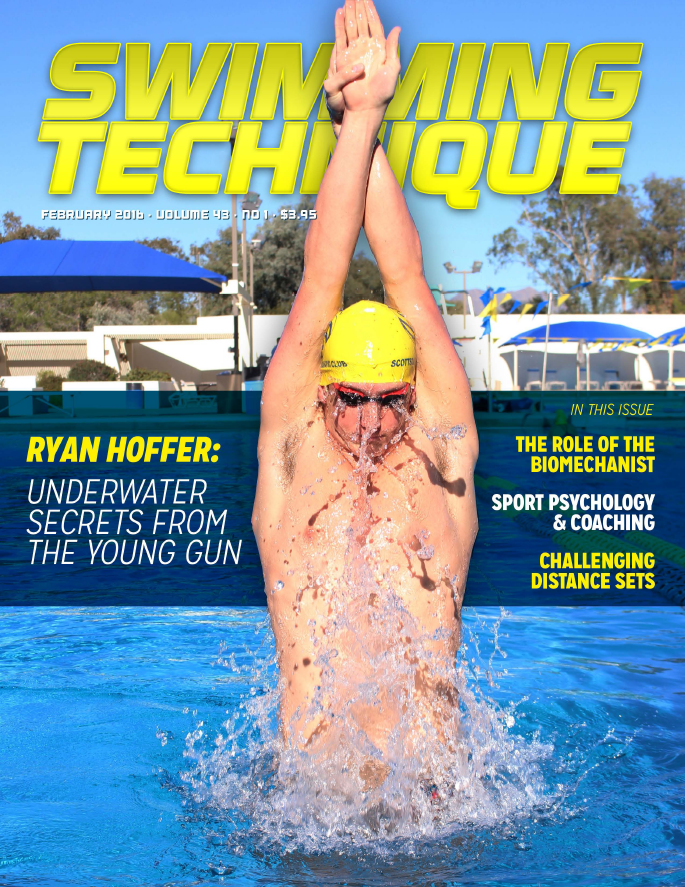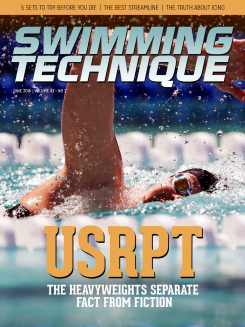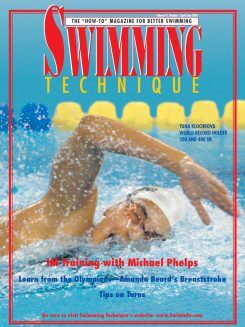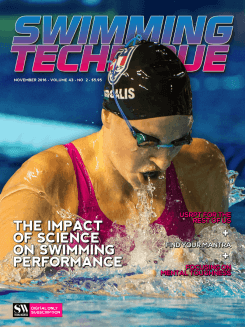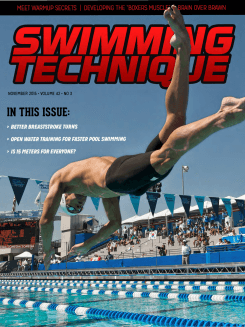Description
Swimming Technique February 2016 Issue
IN THIS ISSUE:
04 THE IMPORTANCE OF SCIENCE IN OUR SPORT
by Brent Rutemiller
06 DAYDREAM BELIEVERS
by Michael J. Stott
Successful coaches concur that fast swimming in practice and meets is about creating a mindset, culture and environment where it can happen. Then it is a matter of setting standards, expectations and holding athletes accountable.
08 COMMON MISCONCEPTIONS ABOUT SUCCESSFUL TRAINING PROGRAMS
by Sergei Beliaev, Ph.D.
The coaching profession is all about helping swimmers develop their critical skills and abilities and achieve peak performances when they count most. This suggests that among many important skills, coaches should be knowledgeable in methodology of sports training science.
10 UNDERWATER WITH RYAN HOFFER
by Brent Rutemiller
Swimming Technique Magazine visited the Scottsdale Aquatic Club in Scottsdale, Arizona to talk with Ryan Hoffer and his Coach Kevin Zacher about Hoffer’s amazing underwater technique in the 50 and 100 freestyles.
12 COACHING AND SPORT SCIENCE: THE ROLE OF THE BIOMECHANIST
by Rod Havriluk, Ph.D.
The failure of sport scientists to work effectively with coaches is well known. The reasons that coaches are justifiably cynical of science were explaining in a landmark article on the “Downfall of Sport Science.”
14 SPORT PSYCHOLOGY & COACHING
by Dr. John Heil
The mental game, the zone, focus–by whatever name, the meaning is the same. Success in sports is linked to psychological skills. The search for the mental edge in competition has given rise to sports psychology.
15 AN INTERVIEW WITH DOUG FONDER
by Dr. John Heil
Doug has been honored by Swimming World Magazine as one of the “Top Ten” most impactful people in swimming for 2015. In the interview that follows he talks about his personal background in swimming and the critical role of sport science in coaching.
16 CHALLENGING DISTANCE SETS
by Michael J. Stott
Tyler Fenwick is intimately acquainted with distance-based practices. His baptism came from years of training under Richard Shoulberg at Germantown Academy and honed as a coach under Bill Rose at Mission Viejo.
18 GETTING READY TO RACE
by Michael J. Stott
Taper time. Is ushering swimmers through this period art or science? Experienced coaches aver it is both though the most successful seem to have a magical touch. Disappointed athletes at championship meets would do well to remember Jon Urbanchek’s prescient observation: “Swimmers don’t miss tapers, just the training.”
21 FASTER BEFORE FITTER
by Wayne Goldsmith
A swimmer races in a meet. They lose. The immediate reaction –the default solution– to a losing performance is “this swimmer is not fit enough” and that the obvious answer to their performance problem is to do more training.
24 FIVE WAYS A TARGETED DRYLAND PROGRAM TRANSFERS TO THE POOL
by Brad Jones
As both a swimmer and a coach, I have seen how a well-thought-out and targeted dryland program can help swimmers reach their goals and stay healthy.
25 AN INTERVIEW WITH DR. ROD HAVRILUK
by Dr. John Heil
A short interview with Dr. Havriluk on how he got into the field of sport science.




